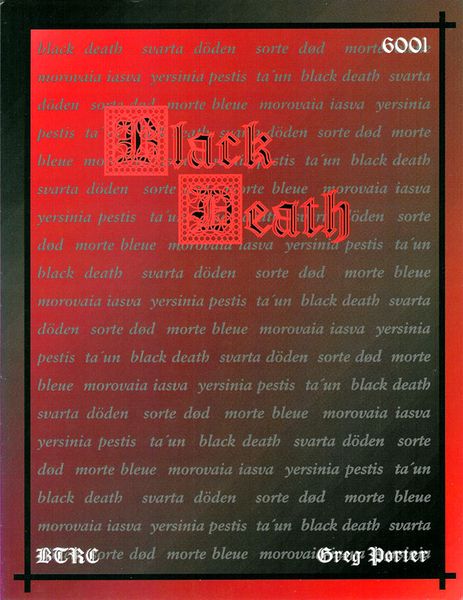Black Death (1993) Board Game
The Black Death board game, released in 1993, is a game that takes players back to the medieval times when the deadly bubonic plague ravaged Europe. Designed by Greg Porter and published by Blacksburg Tactical Research Center, the game provides a simulation of the impact of the plague on society and challenges players to navigate through the chaos and uncertainty of the time.
Game Components of Black Death
How To Setup Black Death
To set up the game, players start by choosing their diseases, either historical plagues like measles or dysentery, or designing new ones. Each disease has a Virulence and Mortality rating, which together sum up to 6. The board is placed in the middle, and the Event cards are shuffled and distributed. Players position their disease counters on the board according to the rules.
Gameplay Mechanics and Game Objective
Gameplay Mechanics
Game Objective
– For 2 players: 30 million victims
– For 3–4 players: 20 million victims
– For 5–6 players: 15 million victims
Player Experience
**Black Death** offers a unique and somewhat darkly humorous experience where players compete to spread their diseases as efficiently as possible. The game is praised for its simplicity yet critiqued for walking a fine line between being simple and simple-minded. Reviews suggest that while the game is fun for initial plays, its long-term appeal might be limited.
Pros
Cons
Personal Thoughts on Black Death
**Black Death** is ideal for those who enjoy quirky, thematic games and are looking for something different from the usual strategy or cooperative games. It’s a good fit for casual gamers who appreciate a light, fun experience but may not be the best choice for those seeking complex, deep gameplay. The game’s dark humor and unique premise make it a standout, but its simplicity means it might not hold the attention of more serious gamers over time.
We are supported by our audience. When you purchase through links on our site, we may earn an affiliate commission, at no extra cost for you. Learn more.

